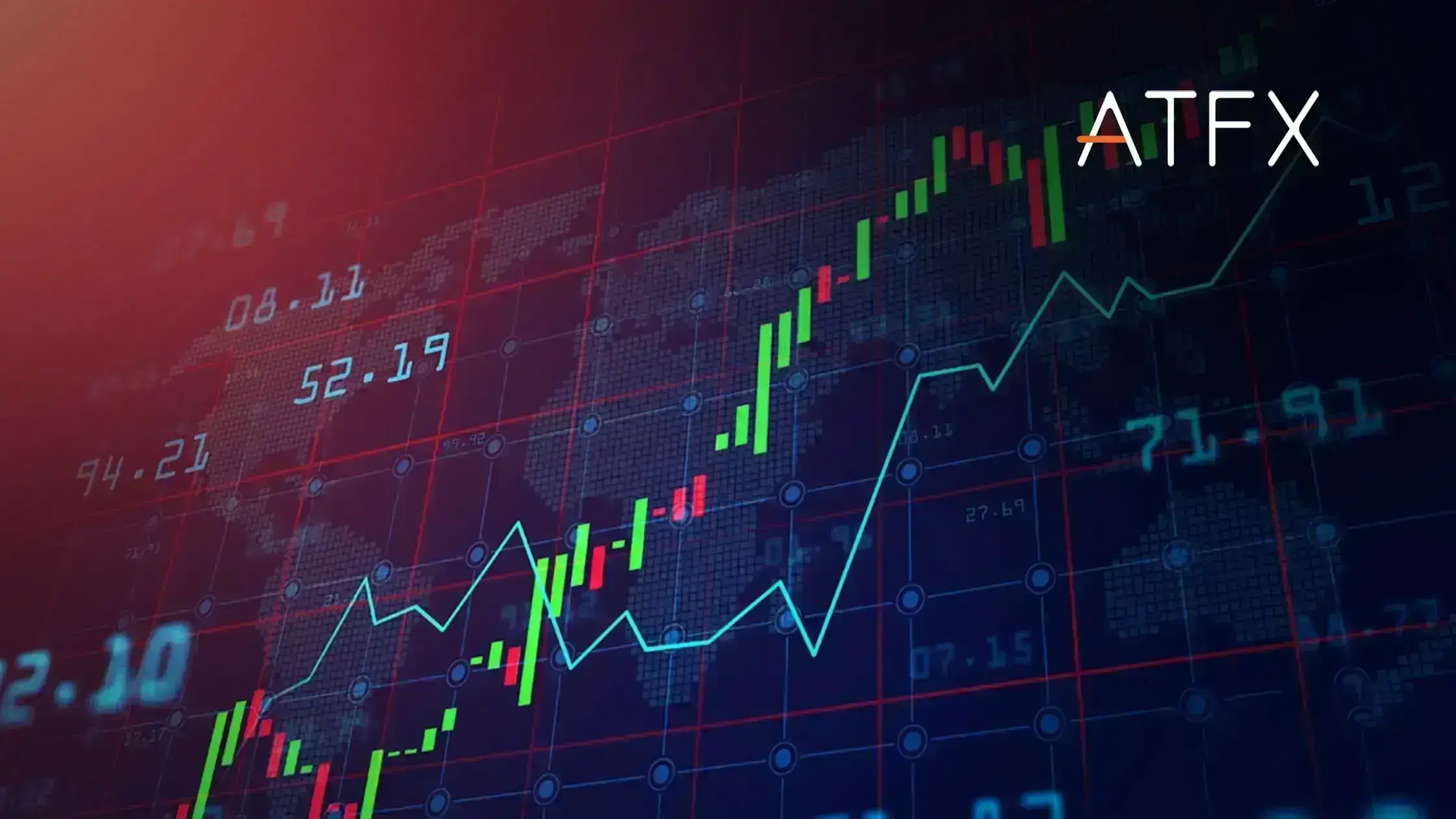Key Takeaway
- The Forex market is open 24 hours a day, 5 days a week, on Sunday night until Friday night for weekdays. It allows traders to engage in trading activities anytime during the week.
- Market overlaps between London and New York present heightened liquidity and volatility, offering significant trading opportunities.
- Each global Forex session exhibits distinct characteristics, enabling traders to tailor their strategies to the specific dynamics of the Asian, London, New York, or Sydney markets.
Understanding Forex Market Hours
The Forex market is an open 24 hours a day, 5 days a week marketplace that follows the sunrise around the globe. As one primary market closes, another opens or may overlap, offering continuous access to traders. This round-the-clock action is due to the needs of international trade and the demand for currency exchange and is very different from stock market hours.
Time Zones and Their Impact on Forex Trading Hours
Time zones play a crucial role in Forex trading and are traditionally divided into four primary time zones where major markets operate like Sydney, Tokyo, London & New York.
| Major Markets | Time Zones |
| Sydney | Australian Eastern Standard Time, AEST |
| Tokyo | Japan Standard Time, JST |
| London | Greenwich Mean Time, GMT |
| New York | Eastern Standard Time, EST |
For instance, the Forex market opens in Sydney on Sunday evening and closes in New York on Friday, but these times vary based on time zones. Understanding these hours is crucial, as they affect the volume and volatility of trades.
What Time Do The Forex Markets Open
Each global financial centre operates during its standard business hours. These are the times when trading is most active in that region.
- Sydney Market: Opens at 10 PM GMT on Sunday, marking the start of the Forex trading week.
- Tokyo Market: Starts at 12 AM GMT, with Asian traders coming into the market.
- London Market: Begins at 8 AM GMT, a crucial time as it often sets the tone for the day.
- New York Market: Opens at 1 PM GMT, overlapping with London, which can lead to increased volatility.
Global Time Zone Sessions for Forex Markets Trading Hours Open & Close GMT Timetable
| Market | Open (GMT) | Close (GMT) | Overlap Market | Overlap Hours (GMT) |
| Sydney | 10:00 PM | 7:00 AM | Tokyo | 12:00 AM – 7:00 AM |
| Tokyo | 12:00 AM | 9:00 AM | London | 8:00 AM – 9:00 AM |
| London | 8:00 AM | 5:00 PM | New York | 1:00 PM – 5:00 PM |
| New York | 1:00 PM | 10:00 PM | Sydney | 10:00 PM – 12:00 AM |
Overlapping Market Hours and Their Significance
Overlaps in Forex market hours are periods when multiple major trading sessions are open simultaneously. These times, especially the New York and London overlap, are associated with heightened liquidity and volatility. For traders, these overlapping hours could mean a higher chance of profit due to larger price movements.
Strategic Trading During Specific Market Hours
Trading During the Asian Session
As the earth rotates from west to east, Asia will enter Monday first at the beginning of each week, while Europe and America will start their Mondays later, according to the time difference. Based on this, the forex trading market opens on Monday in Asia, with the first quotes coming from Wellington, Australia in Asia. The markets will then close on Friday, with the final quotation coming from New York in North America.
Traders need to keep in mind that because of the time difference, for Chinese traders, the opening time on Monday is not 0:00 in the morning, but 6:00 in the morning (winter time)/5:00 (daylight saving time), Friday the closing time is not 24:00, but 4:00 (winter time)/3:00 (daylight saving time) on Saturday morning. According to the order of daybreak, the cities that provide market quotes are Wellington, Sydney, Tokyo, Hong Kong, Singapore, Frankfurt, London, and New York in the day’s cycle.
It is generally accepted that the Asian trading session ends at 16:00 (winter time)/15:00 (daylight saving time), which is also the last time for Singapore’s quotation.
The Asian session is characterized by the opening of the Sydney and Tokyo markets. It’s a period known for its stability and is less volatile compared to the London and New York sessions. This makes it an ideal time for traders who prefer a more measured approach to the Forex market.
- Characteristics of the Asian Markets: The Asian markets are often guided by the economic releases from major players like Japan and Australia. These can set the trend for currencies like the JPY and AUD.
- Strategies for Trading in Asian Hours: Since the Asian session is typically less volatile, it’s a good time for beginners to practice without the rapid movements seen in other sessions. It’s also a time when long-term trends can begin.
Trading During the London Session
The main quotation city during the European session in London, but Frankfurt, Germany provides the initial quotation since its dawn is one hour earlier.
The beginning of the European market marks the end of the Asian market, both at 16:00 (winter time)/15:00 (daylight saving time), after eight hours, until 24:30 (winter time)/23:30 (daylight saving time), the European session ends.
Because the foreign exchange market is mainly traded in US dollars and other direct currencies, it is customary to believe that its volatility during the Asian session is relatively tiny. Therefore, only after the opening of the European market can a day’s trading truly begin.
The above is quite true. The Asian trading hours have relatively small fluctuations and tend to be opposite to the trend direction. For example, suppose the EURUSD closes in a positive direction during the Asian session. In that case, the overall probability of closing in the negative at the end of the European and US sessions is relatively high.
There are also some exceptions, such as USDJPY, AUDUSD, NZDUSD, USDHKD, etc., because they include Asian currencies, so their volatility in the Asian session is usually quite decent. However, the overall volatility is still not as good as during the European and American sessions.
Based on this, intelligent traders tend to wait and see during the Asian market and only execute their trading plans when the European market opens at 4:00 PM in Asia.
The London session is where volatility and volume start to increase, presenting more opportunities for traders.
- Characteristics of the London Market: London is a global financial hub, and its session reflects this with significant movements in currency pairs, especially those involving the Euro (EUR) and British Pound (GBP).
- Strategies for Trading in London Hours: Traders should be prepared for quick changes and be ready to adapt their strategies. It’s also a prime time for breakout strategies as the increased volume can lead to substantial price movements.
Trading During the New York Session
The central quotation city during the US market is New York, and its online time is 21:30 (winter time) / 20:30 (summer time) Beijing time, and the offline time is 4:00 (winter time) / 3:00 the next day (daylight saving time).
Since the European market is still open at eight o’clock in the evening, there is an overlap of more than three hours between the European market and the US market. In theory, the volatility of this overlapping time is the greatest on most days, but this is strictly theoretical because many factors affect exchange rate volatility, and the “period” does not play a decisive role.
As mentioned earlier, US dollar trading is the mainstream of the foreign exchange market, so the highest volatility in the entire foreign exchange market is during the US market.
Regrettably, the US market is exactly midnight in Asia, and very few people can conduct highly intense trading during this period of the day. To tackle this problem, Expert Advisors, which are automated trading strategies, are very popular in the foreign exchange market. People take a break and let the automated program watch the market. This is not only applicable to the US market period but applies to all periods given the 24-hour trading cycle.
In addition, there are two crucial periodic data points released during the US market, one is the non-farm payrolls report, and the other is the Federal Reserve interest rate decision. The announcement time of the former is mostly at 21:30 (winter time)/20:30 (daylight saving time), and the announcement time of the latter is mostly at 3:00 (winter time)/2:00 (daylight saving time).
Even if a trader does not have the energy to keep an eye on the markets during the US session every day, they might need to stay up and monitor the two major monthly releases. The non-farm payrolls and the FOMC interest rate decision usually significantly impact the financial markets.
The New York session is the last major session in the Forex trading day and is known for its volatility, especially during the market overlap with London.
- Characteristics of the New York Market: The session is influenced by American economic data releases, which can cause significant fluctuations in the market.
- Strategies for Trading in New York Hours: This session requires traders to be on their toes, as the American economic news can create rapid and unpredictable market movements. It’s an excellent time for scalpers and day traders.
Trading During the Sydney Session
The Sydney session marks the start of the Forex trading day and is often seen as a precursor to the Asian trading session.
- Characteristics of the Sydney Market: The Sydney market is smaller in volume compared to Tokyo, London, or New York, but it’s the first to react to news events over the weekend.
- Strategies for Trading in Sydney Hours: Traders can use this session to prepare for the upcoming week, setting up their positions and strategies based on the market’s reaction to the weekend’s news.

Tools and Tips for Tracking Forex Market Hours
Online Tools and Platforms
There are numerous online tools and platforms designed to keep traders informed about market hours. These include:
- Forex Time Zone Converters: These tools help traders convert the major market trading hours into their local time zone.
- Forex Market Hour Charts: Visual aids that map out the opening and closing times of the different sessions across the globe.
- Broker Trading Platforms: Many come with built-in tools to indicate the opening and closing hours of the Forex markets.
Time Zone Conversion Tips
Time zone differences can be a hurdle, but with a few tips, you can easily convert market hours into your local time:
- Understand GMT: Forex market hours are often quoted in Greenwich Mean Time (GMT). Knowing the difference between GMT and your local time is crucial.
- Use Online Converters: Utilize online time zone converters to schedule your trading sessions accurately.
- Set Alerts: Most smartphones and digital calendars allow you to set multiple time zone clocks or alerts, so you never miss an opening.
The Impact of Market Hours on Trading Success
The timing of your trades can significantly affect your trading success. Here’s how market hours can influence your trading outcomes.
Understanding Market Liquidity
Liquidity refers to the ability of a currency pair to be bought or sold without causing significant price movement. The Forex market is most liquid:
- During Overlaps: Such as when the London and New York sessions overlap.
- During Peak Hours: For each market, typically the mid-part of their respective sessions.
Volatility and Market Hours
Volatility is a measure of how drastically a currency pair’s price changes. It’s influenced by:
- Scheduled Economic Releases: Times when reports like GDP, employment numbers, and interest rate decisions are released.
- Unexpected News Events: Such as political unrest or natural disasters.
Scheduled Economic Releases and Market Hours
Economic announcements can lead to significant price movements. Traders often plan their strategies around these releases, which are usually scheduled and known in advance.
- Economic Calendars: These are essential tools for traders to track when important announcements will occur. To easily navigate, traders prefer the MT4 Economic Calendar App for quick access to understand the volatility of the events.

Frequently Asked Questions – FAQs
When Do The Forex Markets Overlap?
The most significant overlaps occur between the London and New York sessions from 1 PM to 4 PM GMT and between the Sydney and Tokyo sessions from 12 AM to 6 AM GMT.
What Is The Best Time To Trade Forex?
The best time to trade is during the London and New York session overlap (1 PM to 4 PM GMT), where liquidity and volatility are higher, offering more trading opportunities.
How Do Market Hours Affect My Trading Strategy?
Market hours can affect trading strategies as they influence liquidity and volatility. For example, breakout strategies may be more effective during high volatility periods, while range trading might be more suitable during quieter hours.
What Are The Best Pairs to Trade During Each Forex Session?
- Sydney Session:
- Pairs that include the Australian dollar (AUD), such as AUD/USD and AUD/JPY, can be more volatile during the Sydney session.
- Pairs involving the New Zealand dollar (NZD) like NZD/USD and NZD/JPY also see more movement.
- Tokyo Session:
- Asian pairs like USD/JPY, EUR/JPY, and AUD/JPY are more actively traded due to the presence of Japanese and other Asian banks.
- Currency pairs involving the Singapore dollar (SGD) and Hong Kong dollar (HKD) can also see increased movement.
- London Session:
- This session is known for significant volatility and volume. Pairs with the Euro (EUR), British Pound (GBP), and Swiss Franc (CHF) like EUR/USD, GBP/USD, and USD/CHF are heavily traded.
- EUR/GBP and GBP/CHF are also popular during this session.
- New York Session:
- The USD pairs are most active, including majors like EUR/USD, GBP/USD, USD/JPY, and USD/CAD.
- Pairs involving currencies from the Americas, such as the Canadian dollar (CAD) and Mexican peso (MXN), can also be more active.
What Are The Specific Trading Sessions and Peak Activity Periods in Forex?
Peak activity periods occur when these sessions overlap, leading to higher volume and liquidity.
Is It Possible To Maintain Forex Positions During Weekends And Holidays?
Yes, you can hold positions over the weekend and holidays, but be cautious as markets can open with significant price gaps due to events that may occur during the closure, which can affect your trades.


